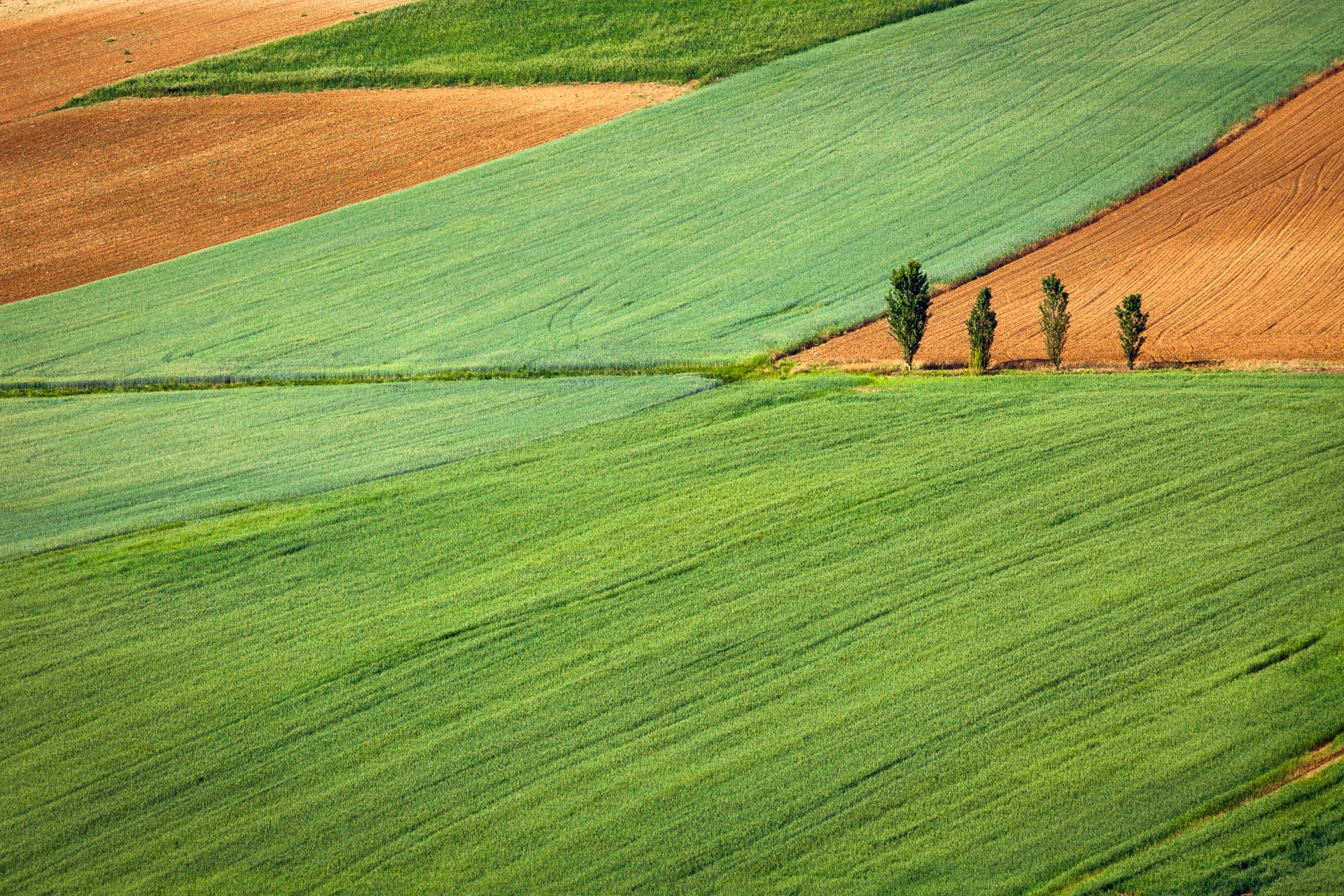Australia’s farmgate production set for a record-breaking $66.3 billion in 2021

Australia’s farming sector has weathered upsets from COVID-19 and the changing international trade landscape and is on track for a record-breaking production output of $66.3 billion this year, according to recent ABARES analysis.
ABARES’ June quarter 2021 Agriculture Commodities report shows how the sector has navigated the uncertainties and challenges posed by COVID-19 and changes in the international trade landscape.
ABARES Acting Executive Director Dr Jared Greenville said the value of agricultural exports is forecast at just under $47 billion in 2020-21.
“ABARES has revised both the gross value of production and the value of exports up by $400 million from earlier estimates,” Dr Greenville said.
“This is due to strong domestic livestock prices, and because the pace of Australian grain exports has been faster than expected after harvesting the second largest winter crop on record.
“We have seen an impressive turnaround in wheat, barley and canola shipments. Particularly for barley, this result demonstrates the resilience of supply chains, the benefits of a diversified production base and access to a diverse range of international markets.
Next year (2021-22) the gross value of production is forecast to fall from the record high to a still impressive $65 billion.
“Prospects are positive for the next winter crop which has seen record high area planted, but it’s very unlikely to see two record years back to back,” Dr Greenville said.
“The value of exports is forecast to grow to $49.7 billion in 2021-22, driven by higher beef, wool and dairy exports, as well as a sharp recovery in cotton exports.
“Herd and flock rebuilding is still ongoing but we are expecting more animals to begin flowing into meat processing in 2021-22, which is also likely to ease margin pressures on the red meat processing sector.
“The impact of mouse plagues has been locally devastating, but on the national scale damage has been reasonably limited.
“The worst impacts have been to stored grain and hay across parts of Queensland and New South Wales, although high mouse activity has been observed in many parts of the wheat belt.
“The worst of the mouse plague is likely to be behind us as cool and wet winter conditions slow breeding rates. There does remain a risk of a resurgence if winter is warmer than expected.”
Read also
Wheat in Southern Brazil Impacted by Dry Weather and Frosts
Oilseed Industry. Leaders and Strategies in the Times of a Great Change
Black Sea & Danube Region: Oilseed and Vegoil Markets Within Ongoing Transfor...
Serbia. The drought will cause extremely high losses for farmers this year
2023/24 Safrinha Corn in Brazil 91% Harvested
Write to us
Our manager will contact you soon



